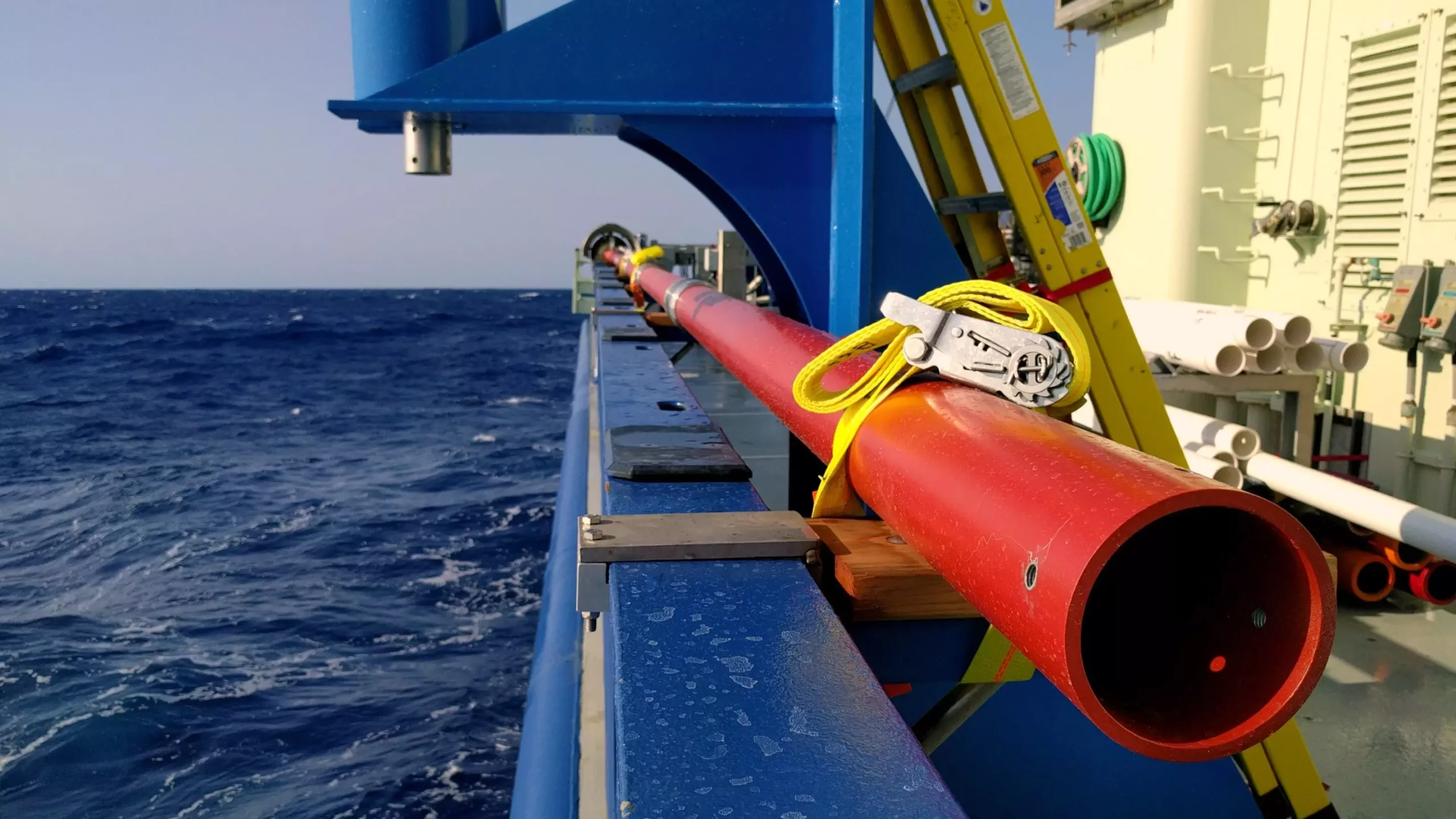The Gulf Stream plays a pivotal role in regulating global climates, particularly in Europe. This surface ocean current, which originates in the Gulf of Mexico, travels up the eastern United States before crossing the Atlantic to deliver warm water to European shores, essentially acting as a significant radiator for the continent. However, recent studies reveal that this essential conveyor of warmth is more delicate than previously understood. An investigation conducted by UCL researchers, recently published in *Nature*, sheds light on the complex and often precarious relationship between the Gulf Stream, atmospheric conditions, and global climate. The findings not only highlight past conditions during the last ice age but also raise important questions about future climate sensitivity.
The Ice Age Revelation: A Stronger Gulf Stream?
The research indicates that, approximately 20,000 years ago, during the last ice age, the Gulf Stream was not just a lifeline for warmth but was significantly stronger and more robust than it is today. The ice sheets covering vast areas of the northern hemisphere caused a unique climatic phenomenon where strengthened winds over the subtropical North Atlantic contributed to a more dynamic Gulf Stream. One might find this paradoxical: despite a colder global climate, the Gulf Stream managed to transport substantial heat northward, showcasing the intricacies of climate systems and marine currents.
Lead author Dr. Jack Wharton articulates this complexity, emphasizing that although the Gulf Stream was robust, the entire planet was enveloped in a persistent chill. This highlights an essential truth: ocean currents like the Gulf Stream can exhibit regional strength while the broader climate may still suffer from colder conditions. Understanding these dynamics can help illuminate the potential implications for future climate scenarios, particularly given the changing wind patterns driven by contemporary climate change.
Future Scenarios: Winds of Change
As climate change progresses, predictions suggest that subtropical winds, which currently drive the Gulf Stream, may weaken. If this occurs, the consequences could be dire. A weakened Gulf Stream would limit the warm tropical waters reaching Europe, leading to potential cooling across the continent—a stark irony in an era of global warming. As the study reveals, these winds and temperatures are intrinsically linked, and disturbances in one can create cascading effects in the other.
Moreover, the Gulf Stream is a part of the larger Atlantic Meridional Overturning Circulation (AMOC), which is critical for regulating oceanic currents and global heat distribution. Disruptions to the AMOC, particularly through factors like glacial melt from Greenland, which can halt deepwater formation crucial for maintaining these currents, represent a potentially grave risk. Such changes threaten to fundamentally alter weather patterns, agricultural viability, and even socio-economic structures across Europe and beyond.
A Climate Dilemma: The “Conveyor Belt” Oversimplification
Historically, many have likened the AMOC to a giant conveyor belt—the implication being that it operates uniformly and predictably. However, this research urges us to reconsider that metaphor. Co-author Professor David Thornalley posits that it may be more appropriate to visualize the AMOC as a complex series of interconnected loops, where each part responds uniquely to climatic stimuli. This divergence in potential responses reflects an intricate web of interdependencies rather than a straightforward series of actions.
This more nuanced understanding of ocean currents supports the notion that regions can experience distinctly different climate impacts based on localized changes. As the researchers note, evidence from sediment cores taken during the last ice age indicates that while the subtropical loop—the one including the Gulf Stream—was stronger, the subpolar loop was comparatively weaker. This suggests a highly dynamic interplay between different components of the ocean current network, an important consideration as we ponder future climatic shifts.
The Broader Impacts: European Agriculture and Climate Policies
What do these findings mean for Europe, particularly in terms of agriculture and climate resilience? If a significant cooling occurs due to a weakened Gulf Stream and AMOC, European agriculture could face devastating consequences. Crop viability is sensitive to temperature variability, and shifts of even a few degrees could alter growing seasons, pest dynamics, and overall productivity.
As climate policies begin to take shape in response to these emerging challenges, understanding the potential for sudden climatic shifts becomes increasingly important. Decision-makers must prioritize comprehensive research into the ocean-atmosphere interactions illustrated by studies like those from UCL. Learning from the past not only equips us with the knowledge to address current climate issues but also fosters strategic planning for mitigating future risks stemming from the Gulf Stream’s complex behavior in a changing climate. The urgency for adaptive strategies and policies to secure Europe’s agricultural future has never been clearer.

